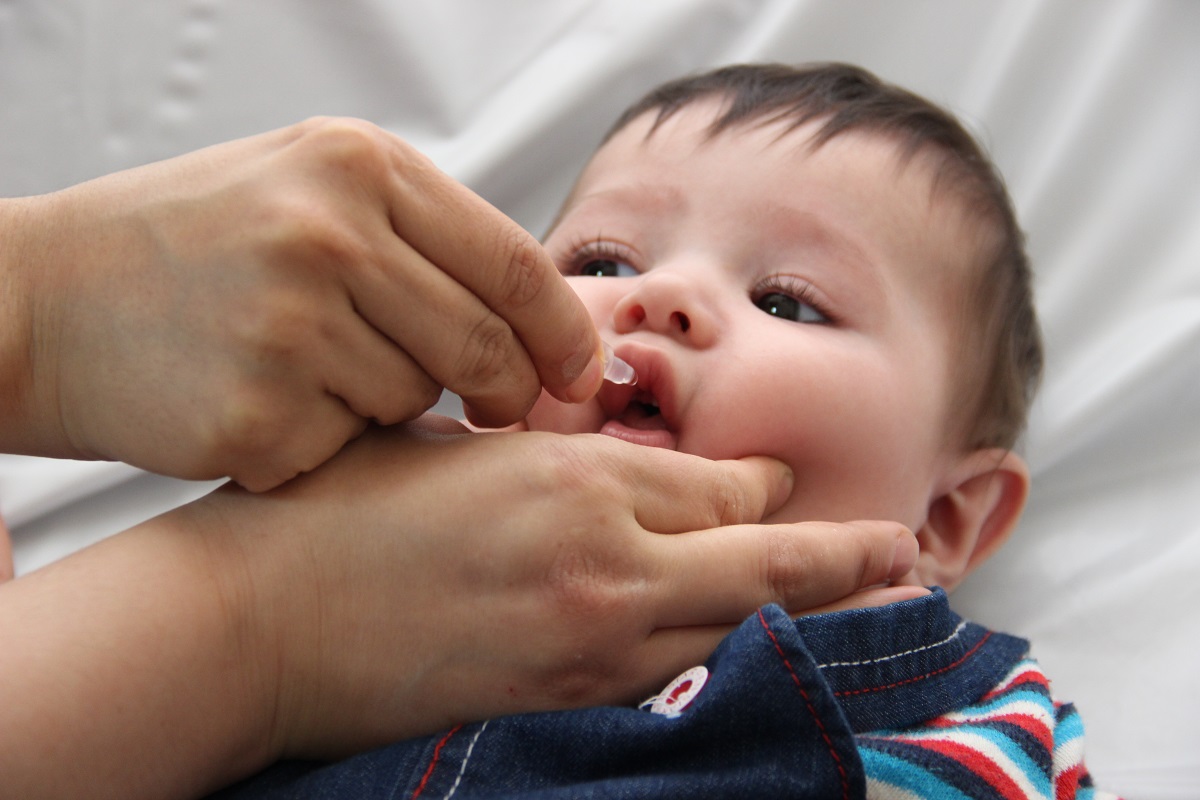
Polio (also known as poliomyelitis) is a highly contagious disease caused by a virus that attacks the nervous system. Children younger than 5 years old are more likely to contract the virus than any other group.
According to the World Health Organization (WHO), 1 in 200 polio infections will result in permanent paralysis. However, thanks to the global polio eradication initiative in 1988, the following regions are now certified polio-free:
The polio vaccine was developed in 1953 and made available in 1957. Since then cases of polio have dropped in United States.
What are the symptoms of polio?
It’s estimated that 95 to 99 percent of people who contract poliovirus are asymptomatic. This is known as subclinical polio. Even without symptoms, people infected with poliovirus can still spread the virus and cause infection in others.
Signs and symptoms of non-paralytic polio can last from one to 10 days. These signs and symptoms can be flu-like and can include:
Non-paralytic polio is also known as abortive polio.
About 1 percent of polio cases can develop into paralytic polio. Paralytic polio leads to paralysis in the spinal cord (spinal polio), brainstem (bulbar polio), or both (bulbospinal polio).
Initial symptoms are similar to non-paralytic polio. But after a week, more severe symptoms will appear. These symptoms include:
It’s rare for full paralysis to develop. Less than 1 percent of all polio cases will result in permanent paralysis. In 5–10 percent of the polio paralysis cases, the virus will attack the muscles that help you breathe and cause death.
It’s possible for polio to return even after you’ve recovered. This can occur after 15 to 40 years. Common symptoms of post-polio syndrome (PPS) are:
Talk to your doctor if you’ve had polio and are starting to see these symptoms. It’s estimated that 25 to 50 percent of people who survived polio will get PPS. PPS can’t be caught by others having this disorder. Treatment involves management strategies to improve your quality of life and reduce pain or fatigue.
How does the poliovirus infect someone?
As a highly contagious virus, polio transmits through contact with infected feces. Objects like toys that have come near infected feces can also transmit the virus. Sometimes it can transmit through a sneeze or a cough, as the virus lives in the throat and intestines. This is less common.
People living in areas with limited access to running water or flush toilets often contract polio from drinking water contaminated by infected human waste. According to the Mayo Clinic, the virus is so contagious that anyone living with someone who has the virus can catch it too.
Pregnant women, people with weakened immune systems — such as those who are HIV-positive — and young children are the most susceptible to the poliovirus.
If you have not been vaccinated, you can increase your risk of contracting polio when you:
How to prevent polio
The best way to prevent polio is to get the vaccination. Children should get polio shots according to the vaccination schedule presented by the Centers for Disease Control and Prevention (CDC).